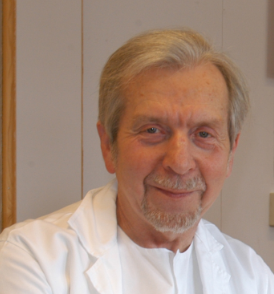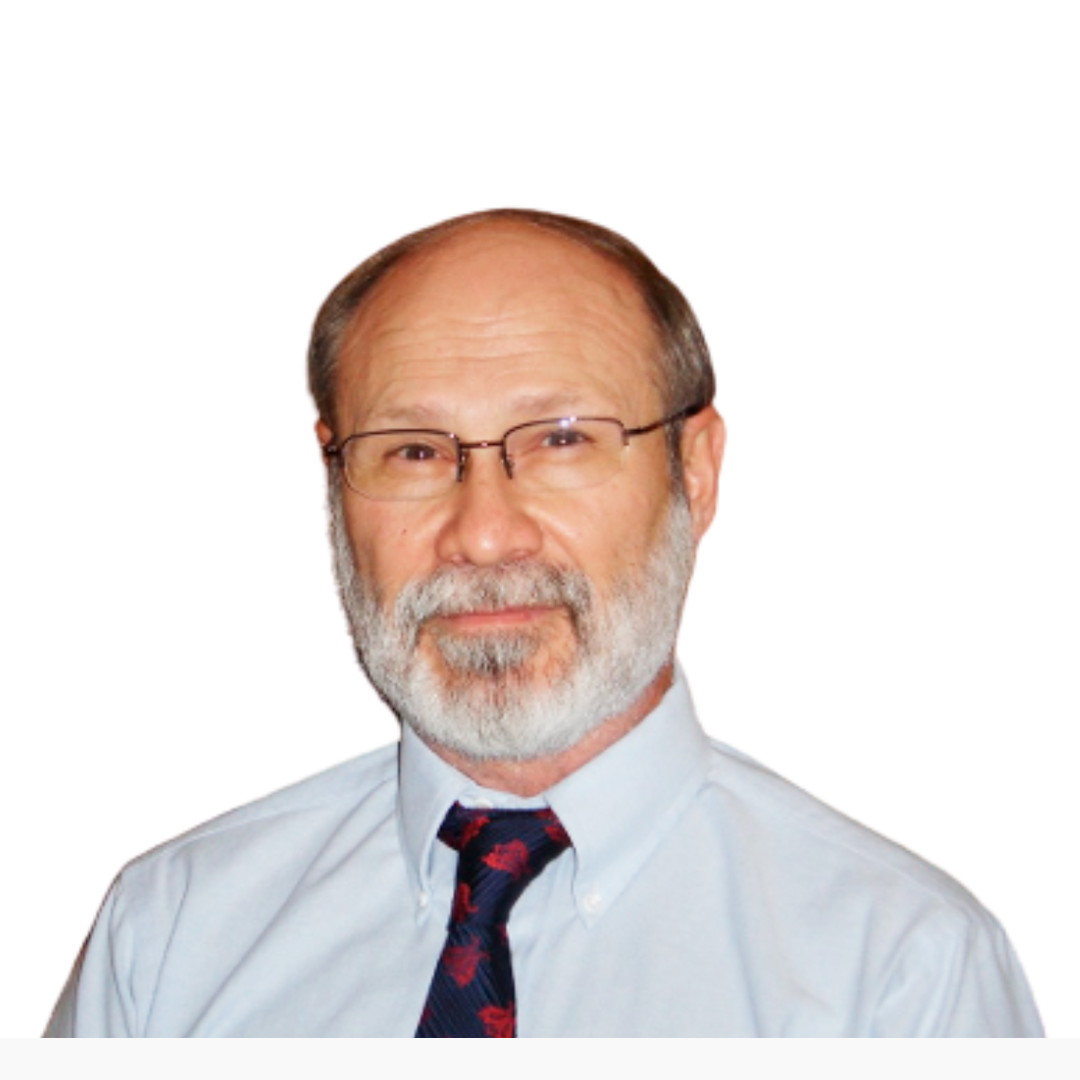In a 2021 study, patients with hereditary hemochromatosis were observed to have significantly lower plasma concentrations of Coenzyme Q10 [Martinefski 2021].

Professor Jan Aaseth has published medical journal articles about the treatment options for iron overload: phlebotomy and chelation. Phlebotomy is the initial treatment of choice in hemochromatosis.
Hereditary hemochromatosis is a genetic disorder that causes the body to build up too much iron in various organs including the heart and liver. The iron overload is toxic and can damage tissues and organs and lead to liver disease [CDC 2020].
The CDC reports that one-third of one percent of non-Hispanic Caucasians in the US has hereditary hemochromatosis. The rates are somewhat lower in other races and ethnic groups. It is more common for men to develop complications, often at an earlier age. Approximately one in ten men with hereditary hemochromatosis will develop severe liver disease.
Plasma CoQ10 Levels in Hereditary Hemochromatosis Patients
Martinefski et al. [2021] analyzed the plasma CoQ10 concentrations in 38 patients (32 males, 6 female) newly diagnosed with hereditary hemochromatosis (less than 4 weeks) who had not yet been treated for the disease. The patients ranged in age from 23 to 69 years.
The researchers compared the patients’ plasma CoQ10 levels with the plasma CoQ10 levels in 25 healthy controls (22 male, 3 female) aged 24 to 68 years.
The patients had plasma CoQ10 levels of 0.27 mg/L on average, very low plasma CoQ10 levels.
For the controls, the mean plasma CoQ10 level was 0.61 mg/L, still not very high but within the reference range for unsupplemented adults.
There is, of course, very considerable inter-individual variability in CoQ10 levels, and the samples in this study were small: 38 patients and 25 controls.
Coenzyme Q10 and Oxidative Stress in Hereditary Hemochromatosis
The researchers regarded the decreased plasma CoQ10 levels as evidence of an imbalance between oxidative stress and antioxidant defenses in the hereditary hemochromatosis patients [Martinefski 2021].
They suggested that the plasma CoQ10 depletion may have resulted from increased transfer of Coenzyme Q10 from the blood to the cells and tissues to counteract the increased oxidative stress caused by the disease [Martinefski 2021].
The depletion of Coenzyme Q10, in turn, would adversely affect the need of the heart muscle cells (and cells in other organs requiring energy) for cellular energy production [Martinefski 2021].
Note: Combined daily supplementation of community living senior citizens with Coenzyme Q10 and selenium for four years in the KiSel-10 Study has shown beneficial effects of the supplementation on bio-markers of oxidative stress and inflammation [Alehagen 2015].
CoQ10 Levels Relative to Age and Lipid Metabolism
Martinefski et al [2021] knew that plasma and tissue CoQ10 levels tend to peak when humans are in their 20s and then to decline because of decreasing bio-synthesis [Kalén 1989].
To avoid any confounding by the age parameter, the researchers used an age—matched group experimental design.
The researchers knew, moreover, that Coenzyme Q10 in the blood is incorporated to a very considerable extent into plasma lipoproteins. Accordingly, they normalized the plasma CoQ10 results to total cholesterol plasma levels. No differences were observed [Martinefski 2021].
Low CoQ10 Levels and Liver Disease
The researchers point to studies that show that Coenzyme Q10 as a lipid-soluble antioxidant is important to the control of iron-induced lipid peroxidation and cell death called ferroptosis. They conclude that the CoQ10 deficiency in hereditary hemochromatosis patients could be an important potential mechanism in the development of iron-induced liver disease [Martinefski 2021].
Vitamin E Levels Also Low in Hereditary Hemochromatosis Patients
Martinefski et al. [2021] also observed lower levels of Vitamin E in the plasma of the hereditary hemochromatosis patients.
Coenzyme Q10 is known to regenerate vitamin E as an antioxidant; however, in this study, the researchers did not find a correlation showing lower vitamin E levels linked to lower CoQ10 levels.
In this study, the levels of vitamin A and vitamin C were similar in the plasma of the patients and the controls.
Conclusion: Coenzyme Q10 and Hereditary Hemochromatosis and Iron Overload
Because the patients in this study were newly diagnosed patients (within four weeks), the researchers concluded that CoQ10 depletion occurs in unsupplemented hereditary hemochromatosis patients.
The present findings support the theory that hereditary hemochromatosis induces secondary CoQ10 deficiency [Martinefski 2021].
CoQ10 supplementation has proven to be an effective and safe adjunctive therapy in different diseases associated withCoQ10 deficiency [Garrido-Maraver 2014; Hidaka 2008].
Martinefski et al. [2021] conclude that CoQ10 supplementation may be a promising adjunctive therapeutic option for hereditary hemochromatosis to ameliorate the harmful effects of the oxidative stress associated with iron overload.
Sources
Alehagen U, Aaseth J, Johansson P. Less increase of copeptin and MR-proADM due to intervention with selenium and coenzyme Q10 combined: Results from a 4-year prospective randomized double-blind placebo-controlled trial among elderly Swedish citizens. Biofactors. 2015 Nov-Dec;41(6):443-52.
Alehagen U, Lindahl TL, Aaseth J, Svensson E, Johansson P. Levels of sP-selectin and hs-CRP Decrease with Dietary Intervention with Selenium and Coenzyme Q10 Combined: A Secondary Analysis of a Randomized Clinical Trial. PLoS One. 2015 Sep 16;10(9):e0137680.
Centers for Disease Control and Prevention. Hereditary Hemochromatosis. 2020. Retrieved from https://www.cdc.gov/genomics/disease/hemochromatosis.htm
Garrido-Maraver J, Cordero MD, Oropesa-Avila M, Vega AF, de la Mata M, Pavon AD, et al. Clinical applications of coenzyme Q10. Front Biosci. 2014;19:619—33.
Hidaka T, Fujii K, Funahashi I, Fukutomi N, Hosoe K. Safety assessment of coenzyme Q10 (CoQ10). Biofactors. 2008;32(1-4):199—208.
Kalén A, Appelkvist EL, Dallner G. Age-related changes in the lipid compositions of rat and human tissues. Lipids. 1989 Jul;24(7):579-84.
https://pubmed.ncbi.nlm.nih.gov/2779364/
Martinefski MR, Yamasato MF, Di Carlo MB, Daruich JR, Tripodi VP. Coenzyme Q10 deficiency in patients with hereditary hemochromatosis. Clin Res Hepatol Gastroenterol. 2021 Mar 3;45(6):101624.
https://pubmed.ncbi.nlm.nih.gov/33676282/
The information presented in this review article is not intended as medical advice and should not be used as such.
30 October 2021


I have only had one blood test doc phoned said about my iron
Dear Bernadette,
Please see this article and speak with your cardiologist.
Martinefski MR, Yamasato MF, Di Carlo MB, Daruich JR, Tripodi VP.
Coenzyme Q10 deficiency in patients with hereditary hemochromatosis.
Clin Res Hepatol Gastroenterol. 2021 Nov;45(6):101624.
doi: 10.1016/j.clinre.2021.101624.
https://pubmed.ncbi.nlm.nih.gov/33676282/
Aim: Hereditary hemochromatosis (HH) is a group of inherited disorders that causes a slow and progressive iron deposition in diverse organs, particularly in the liver. Iron overload induces oxidative stress and tissue damage. Coenzyme Q10 (CoQ10) is a cofactor in the electron-transport chain of the mitochondria, but it is also a potent endogenous antioxidant. CoQ10 interest has recently grown since various studies show that CoQ10 supplementation may provide protective and safe benefits in mitochondrial diseases and oxidative stress disorders. In the present study we sought to determine CoQ10 plasma level in patients recently diagnosed with HH and to correlate it with biochemical, genetic, and histological features of the disease.
Methods: Plasma levels of CoQ10, iron, ferritin, transferrin and vitamins (A, C and E), liver tests (transaminases, alkaline phosphatase and bilirubin), and histology, as well as three HFE gene mutations (H63D, S654C and C282Y), were assessed in thirty-eight patients (32 males, 6 females) newly diagnosed with HH without treatment and in twenty-five age-matched normolipidemic healthy subjects with no HFE gene mutations (22 males, 3 females) and without clinical or biochemical signs of iron overload or liver diseases.
Results: Patients with HH showed a significant decrease in CoQ10 levels respect to control subjects (0.31 ± 0.03 µM vs 0.70 ± 0.06 µM, p < 0.001, respectively) independently of the genetic mutation, cirrhosis, transferrin saturation, ferritin level or markers of hepatic dysfunction. Although a decreasing trend in CoQ10 levels was observed in patients with elevated iron levels, no correlation was found between both parameters in patients with HH. Vitamins C and A levels showed no changes in HH patients. Vitamin E was significantly decreased in HH patients (21.1 ± 1.3 µM vs 29.9 ± 2.5 µM, p < 0.001, respectively), but no correlation was observed with CoQ10 levels. Conclusion: The decrease in CoQ10 levels found in HH patients suggests that CoQ10 supplementation could be a safe intervention strategy complementary to the traditional therapy to ameliorate oxidative stress and further tissue damage induced by iron overload.